
Alexandria
Visit the guide
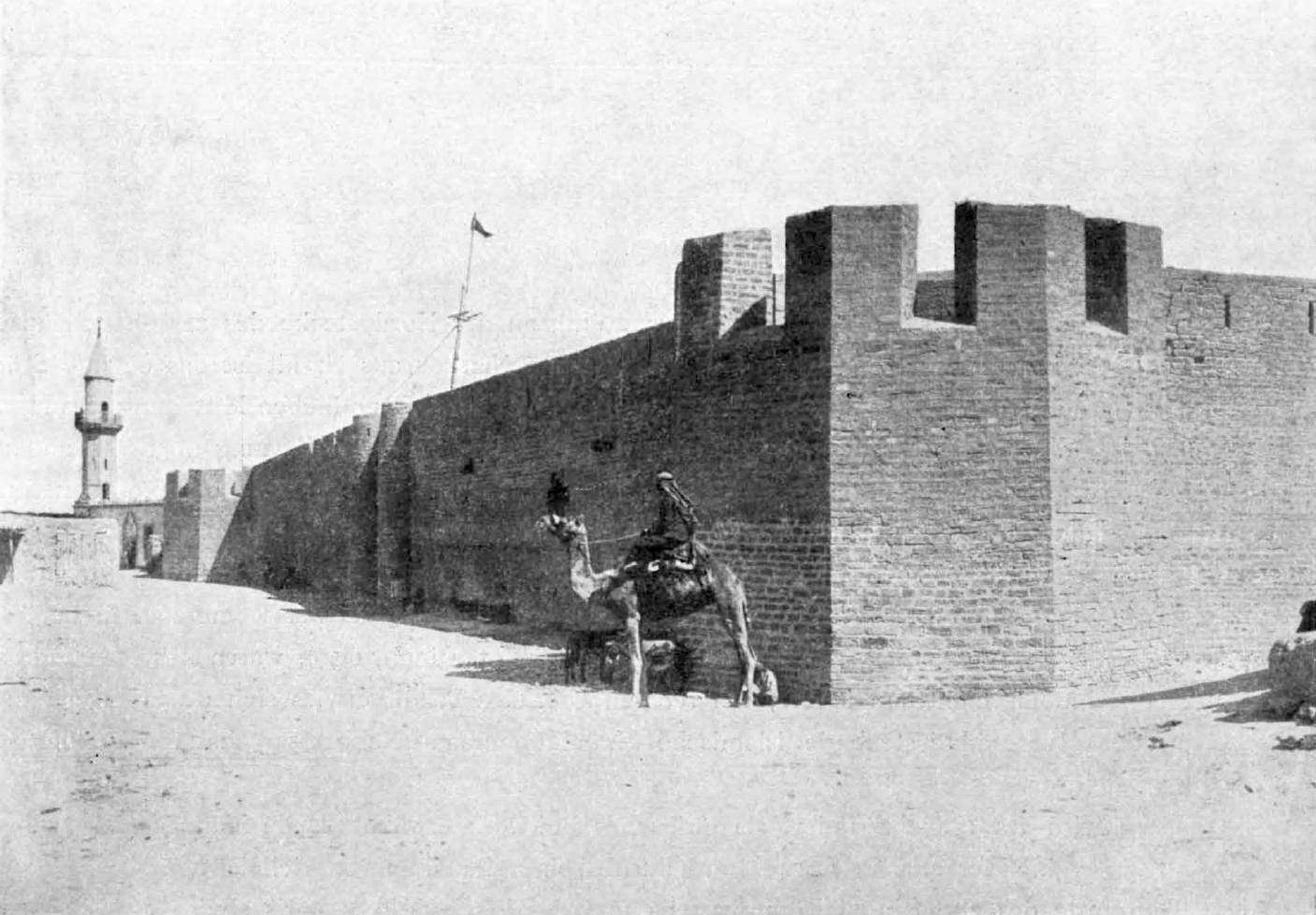
Arish
Visit the guide
Aswan
Visit the guide
Asyut
Visit the guide

Banha
Visit the guide
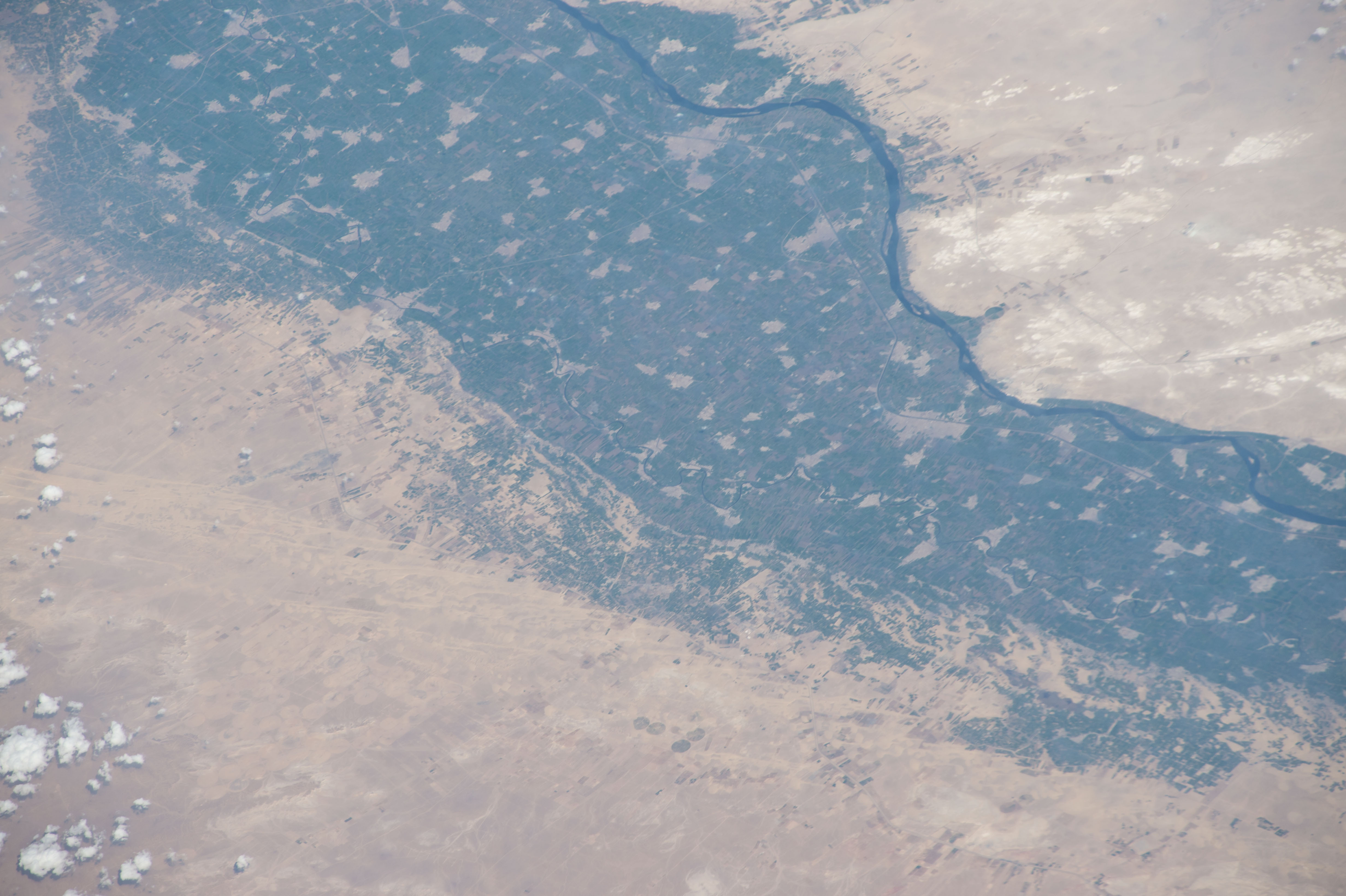
Bani Mazar
Visit the guide
Beni Suef
Visit the guide
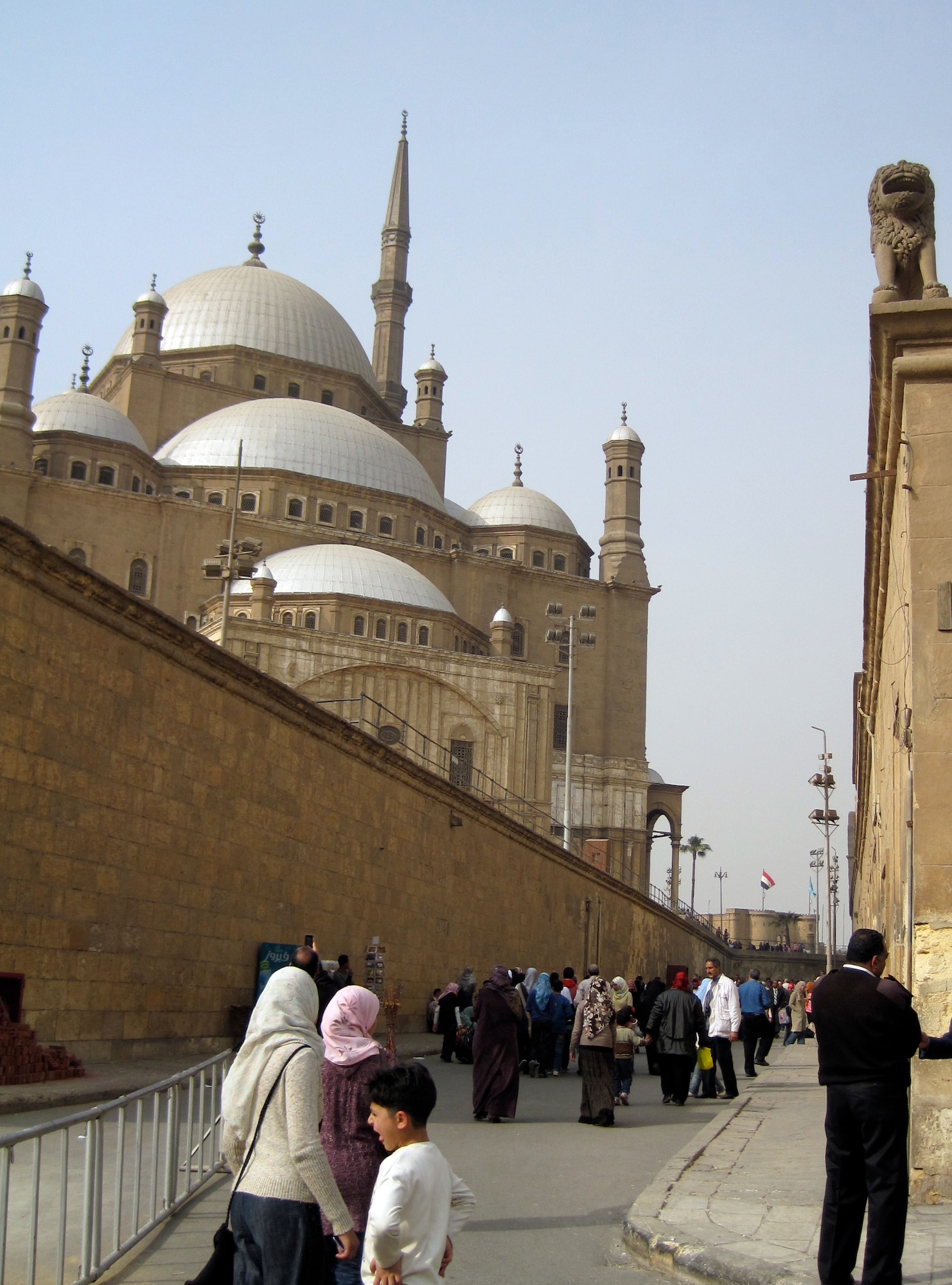
Cairo
Visit the guide
Damanhur
Visit the guide

Damietta
Visit the guide
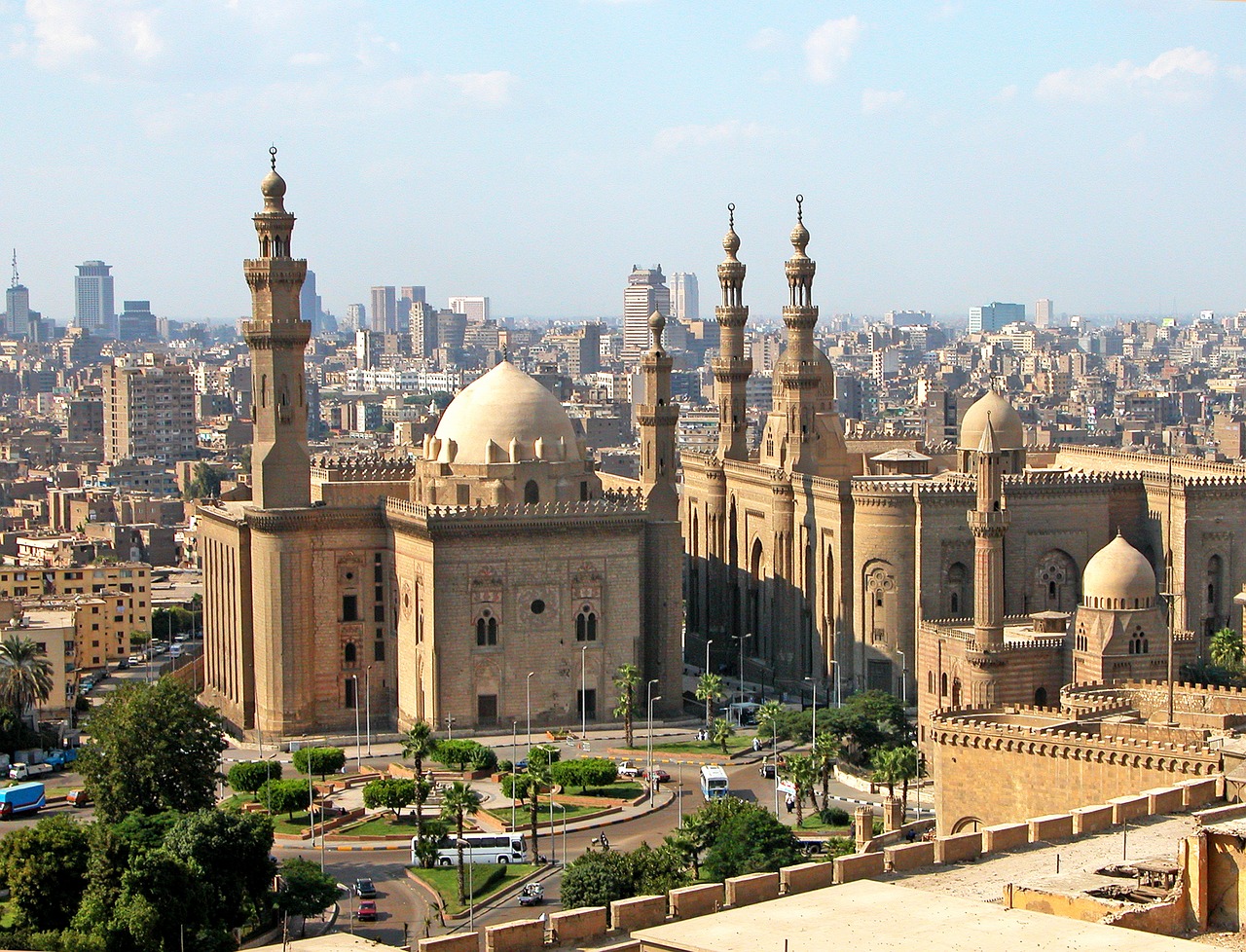
El-Mahalla El-Kubra
Visit the guide

Fayoum
Visit the guide

Giza
Visit the guide

Hurghada
Visit the guide

Idku
Visit the guide

Ismailia
Visit the guide

Kafr El-Dawwar
Visit the guide
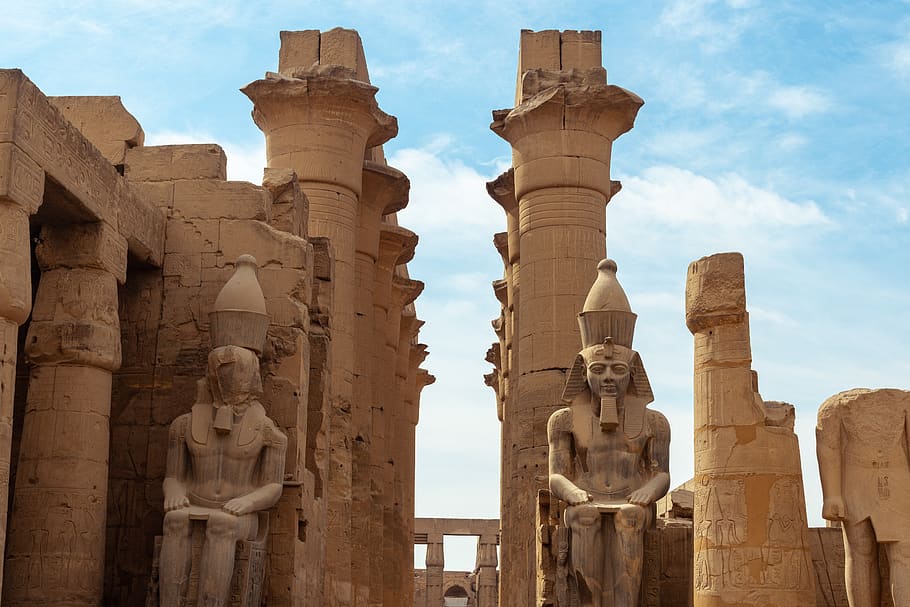
Luxor
Visit the guide

Mallawi
Visit the guide

Mansoura
Visit the guide

Minya
Visit the guide
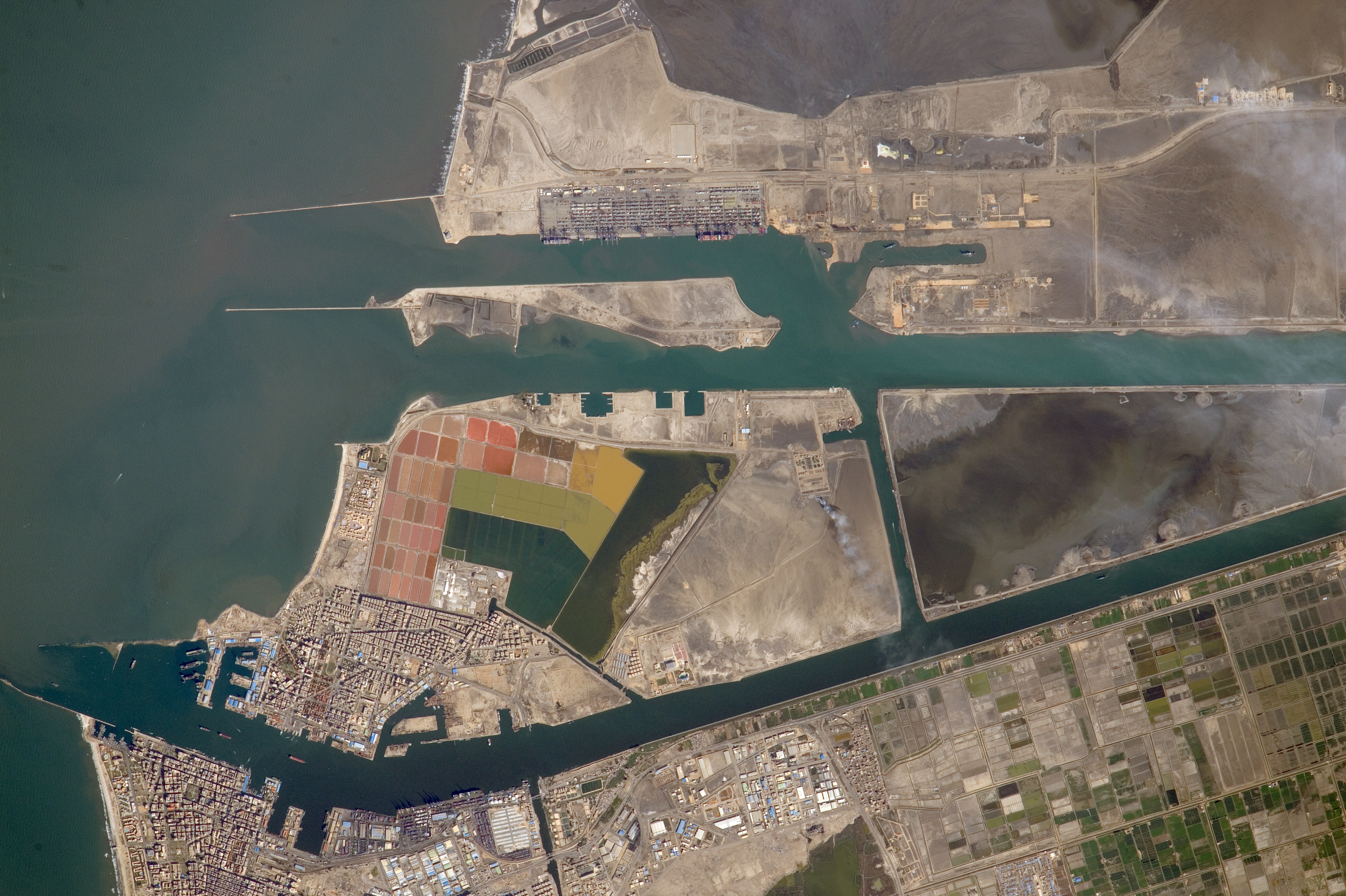
Port Said
Visit the guide
Qena
Visit the guide

Shibin El Kom
Visit the guide

Shubra El-Kheima
Visit the guide
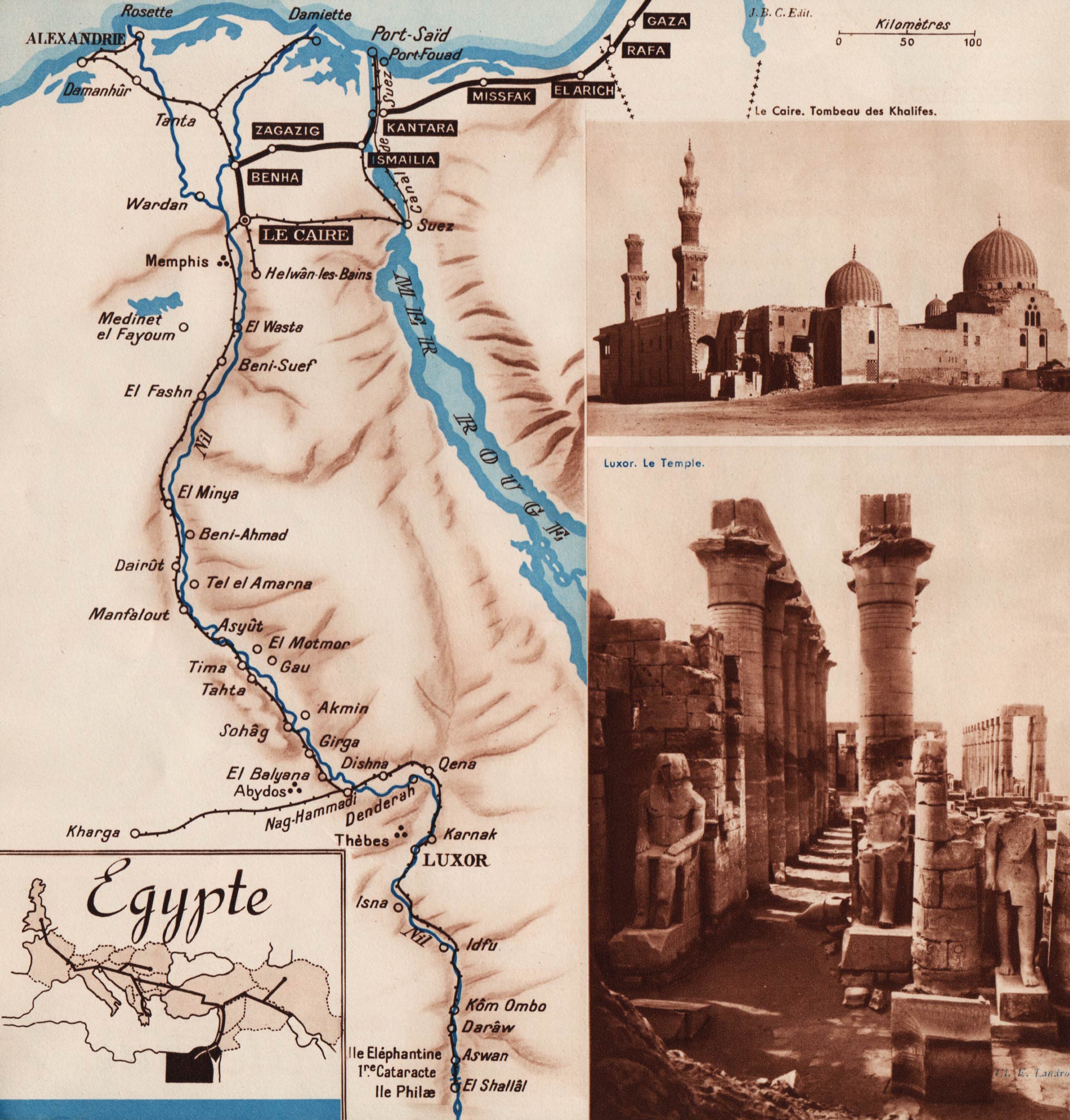
Sohag
Visit the guide
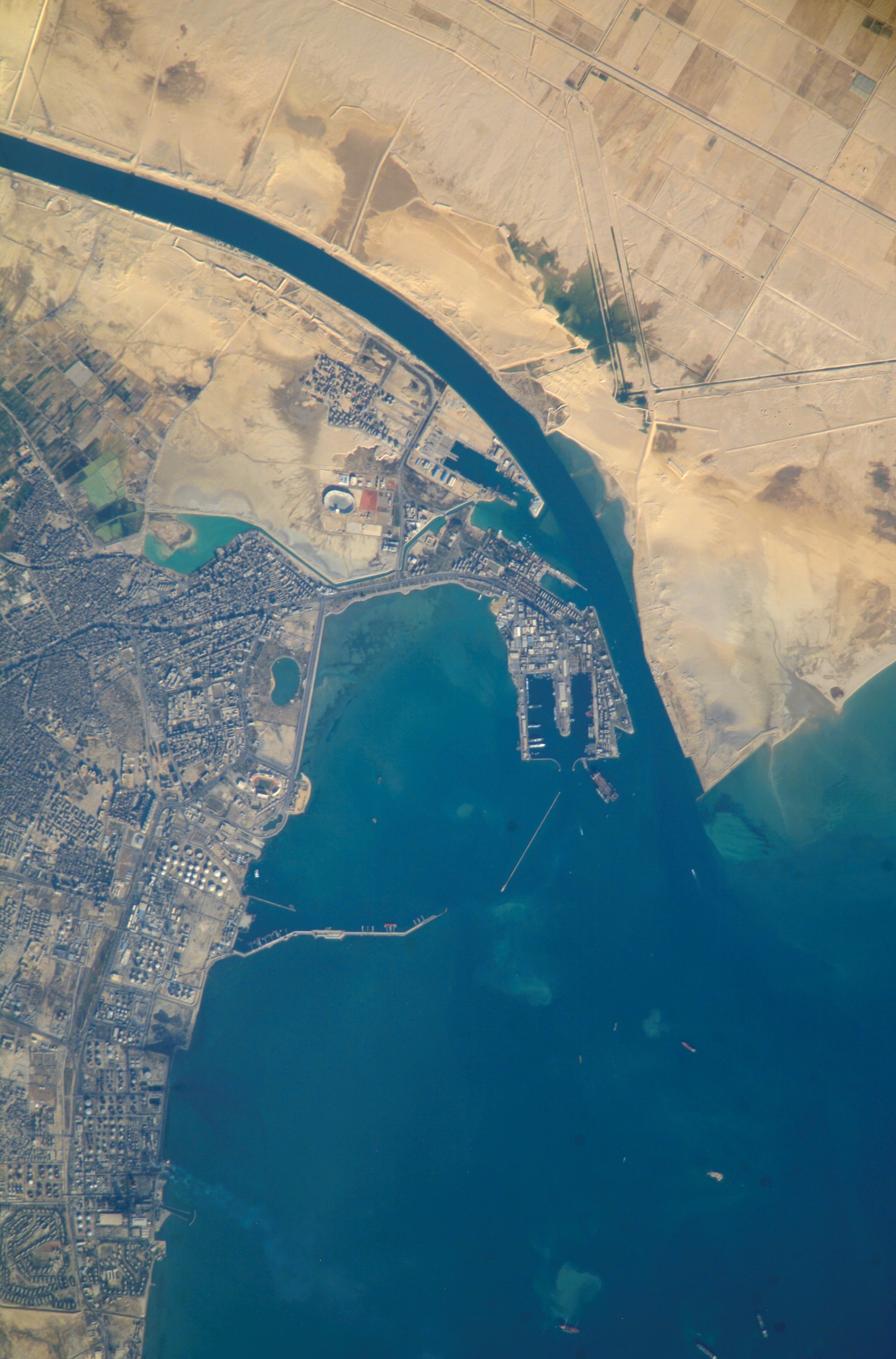
Suez
Visit the guide
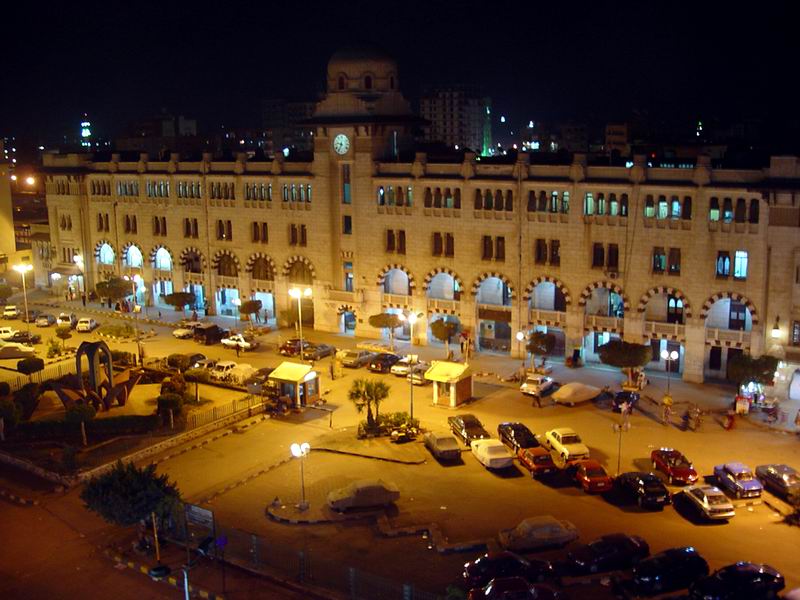
Tanta
Visit the guide

Zagazig
Visit the guide
festivites
Here are some of the major festivities or holidays in Egypt, along with a brief description of their cultural traditions and how they are celebrated:
1. Eid al-Fitr: This is the festival that marks the end of Ramadan, the month-long fasting period for Muslims. It's usually celebrated with family gatherings, feasting, gift-giving, and wearing new clothes. The date varies from year to year as it follows the lunar calendar.
2. Eid al-Adha: Known as the "Festival of Sacrifice," this is one of the most important Islamic holidays. It commemorates the willingness of Prophet Ibrahim (Abraham) to sacrifice his son Ishmael as an act of obedience to Allah. Families typically slaughter an animal like a sheep or goat, share the meat with friends and relatives, give to the poor, and pray together. It is also followed by a four-day public holiday.
3. Sham El-Nessim: An ancient Egyptian holiday that celebrates springtime and agricultural fertility, typically held on the Monday after Coptic Easter. Traditionally, people prepare a special meal with salted fish, onions, and colored boiled eggs. They also spend time outdoors, having picnics in parks and gardens or taking boat rides on the Nile river.
4. Revolution Day (January 25): A national holiday that honors the anniversary of the 2011 Egyptian Revolution, which led to the overthrow of President Hosni Mubarak's regime. It's a day for Egyptians to reflect on the sacrifices made during the revolution and to celebrate their country's progress towards democracy.
5. Coptic Christmas (January 7): This is the celebration of the birth of Jesus Christ according to the Coptic Orthodox Church. It's a time for families to attend church services, exchange gifts, and enjoy traditional foods like fata, which is a soup made with bread and garlic.
6. Moulid al-Nabi: A celebration of the birth of the Prophet Muhammad. It is celebrated by both Sunni and Shia Muslims in Egypt with parades, special prayers, sweets, and distributing food to the poor.
These are just a few examples of the many cultural festivities and holidays celebrated in Egypt, each with their unique customs, traditions, and histories.
seasons
Egypt has three main tourist seasons:
1. High Season: From October to February, this is the peak tourism season with pleasant weather and many popular festivals. It is recommended to book accommodations and tours in advance due to high demand.
2. Shoulder Season: From March to May and September to November, these months have good weather and fewer crowds than the high season. It's a great time to explore Egypt's ancient sites without the hustle and bustle.
3. Low Season: From June to August, this is the low season due to hot temperatures. However, there are still plenty of activities to enjoy such as water sports on the Red Sea coast. It is recommended to stay hydrated and avoid outdoor activities during the hottest part of the day.
Note: Dates may vary depending on specific regions and attractions. It's always best to check weather forecasts and event calendars before planning a trip to Egypt.
visa
Here are some special visa rules for citizens of certain countries traveling to Egypt:
1. Visa on Arrival: Citizens of several countries including the United States, Canada, the United Kingdom, Australia, and many European nations can obtain a visa upon arrival in Egypt. The cost of the visa is $25 USD.
2. Electronic Travel Authorization: Citizens of eligible countries can also apply for an e-Visa before traveling to Egypt. The cost of an e-Visa is $25 USD as well.
3. Pre-arranged Visa: Citizens of some countries that are not eligible for visa on arrival or e-Visa must apply for a pre-arranged visa through the Egyptian embassy or consulate in their home country. The cost of this type of visa varies depending on the country and the type of visa required.
It's worth noting that visa regulations and costs are subject to change, so it's always best to check with the Egyptian embassy or consulate in your home country for the most up-to-date information.
souvenirs
Here are some popular souvenirs to buy in Egypt, along with their average prices and recommended places to buy them:
1. Papyrus: A hand-painted Egyptian paper that features ancient hieroglyphs and designs. The price ranges from $5 to $20 depending on the size and complexity of the artwork. It's best to buy papyrus from a reputable shop in Luxor or Cairo.
2. Perfumes and oils: Egypt is known for its fragrances made from natural ingredients like jasmine, musk, and sandalwood. The price depends on the quality and quantity, with a small bottle costing around $5. You can find perfume shops in Khan el-Khalili market in Cairo.
3. Alabaster statues: Hand-carved alabaster statues depict various Egyptian gods and goddesses. Prices vary according to size and intricacy, but many can be found for around $20. The best place to buy them is Luxor.
4. Scarves and shawls: These items come in a variety of colors and patterns, including those inspired by traditional Arabic calligraphy and Islamic art. They're usually made from cotton or silk and cost around $10 to $15. Look for them in markets like Khan el-Khalili in Cairo.
5. Tea sets and coffee cups: These are often decorated with images of pharaohs and other Egyptian motifs. Prices vary depending on size and material, but a basic set can be found for around $15. It's recommended to buy these in Khan el-Khalili market in Cairo.
It's important to note that prices can vary widely based on location and quality. Always be prepared to haggle with vendors to get a fair price.
If you have 1 week
Great! Egypt is a wonderful country filled with rich history, culture, and natural beauty. Here's an itinerary for a one-week trip that will give you a taste of everything Egypt has to offer:
Day 1: Visit the Pyramids of Giza - Start your trip with a visit to one of the most iconic landmarks in the world. Marvel at the sheer size and grandeur of the Pyramids of Giza, and learn about the ancient civilization that built them.
Day 2: Explore Cairo - Spend a day exploring the capital city of Egypt. Visit the Egyptian Museum, which houses an incredible collection of ancient artifacts, including the famous treasures of King Tutankhamun. Take a stroll through the bustling Khan El Khalili bazaar, where you can shop for souvenirs and interact with locals.
Day 3: Take a Nile River cruise - Board a traditional felucca boat and sail down the Nile river. Admire the scenic views of the riverbanks and experience the tranquil atmosphere of this iconic waterway.
Day 4: Luxor hot air balloon ride - Wake up early and take a hot air balloon ride over the ancient city of Luxor. Watch the sunrise over the Valley of the Kings and see the sprawling temples and tombs from above.
Day 5: Temples of Karnak and Luxor - Spend a day exploring the magnificent temples of Karnak and Luxor. These temples were built over several centuries and are some of the largest and best-preserved in Egypt. Admire the intricate hieroglyphs and towering columns, and learn about the mythology and religious beliefs of ancient Egyptians.
Day 6: Relax in Hurghada - Take a break from sightseeing and relax on the beautiful beaches of Hurghada. This Red Sea resort town is known for its crystal-clear waters and vibrant coral reefs, making it a popular destination for snorkeling and scuba diving.
Day 7: Visit Abu Simbel - End your trip with a visit to the stunning temples of Abu Simbel. These temples were built by Ramses II and are considered one of the greatest achievements of ancient Egyptian architecture. Marvel at the colossal statues and intricate carvings, and learn about the fascinating history of this remote site.
These are just some of the many amazing places you can visit in Egypt. Each location offers a unique experience that will leave you with unforgettable memories. Whether you're interested in history, culture, or natural beauty, Egypt has something for everyone.
If you have 2 weeks
Egypt is an amazing country with countless hidden gems that many tourists often overlook. Here's a unique itinerary that will allow you to experience some of the lesser-known yet equally captivating destinations in Egypt:
Days 1-3: Siwa Oasis
Start your journey by heading to the remote Siwa Oasis, located in the Western Desert. This tranquil oasis is home to hot springs, palm groves, and ancient ruins, such as the Temple of Amun.
Days 4-6: Alexandria
Next, explore the enchanting Mediterranean city of Alexandria. Take a stroll along the Corniche, visit some of the city's impressive museums, and explore the ancient Roman catacombs.
Days 7-9: Bahariya Oasis
From Alexandria, make your way to the Bahariya Oasis in the Black Desert. This oasis is home to stunning landscapes, such as the White Desert with its surreal rock formations shaped by the winds.
Days 10-11: Ras Mohamed National Park
Head down to Sinai to visit Ras Mohamed National Park, which boasts some of the best snorkeling and diving spots in the Red Sea. Swim among colorful coral reefs and exotic fish, and take in breathtaking views of the park's dramatic cliffs and mountains.
Days 12-14: St. Catherine's Monastery
Finish off your trip by visiting St. Catherine's Monastery, located at the foot of Mount Sinai. This UNESCO World Heritage Site is one of the oldest Christian monasteries in the world and is home to many religious artifacts and manuscripts. Enjoy the spectacular mountain scenery and take a hike up Mount Sinai for sunrise or sunset.
Culture
Egypt is a recognised cultural trend-setter of the Arabic-speaking world. Contemporary Arabic and Middle-Eastern culture is heavily influenced by Egyptian literature, music, film and television. Egypt gained a regional leadership role during the 1950s and 1960s, giving a further enduring boost to the standing of Egyptian culture in the Arabic-speaking world. Egyptian identity evolved in the span of a long period of occupation to accommodate Islam, Christianity and Judaism; and a new language, Arabic, and its spoken descendant, Egyptian Arabic which is also based on many Ancient Egyptian words.
The work of early 19th century scholar Rifa'a al-Tahtawi renewed interest in Egyptian antiquity and exposed Egyptian society to Enlightenment principles. Tahtawi co-founded with education reformer Ali Mubarak a native Egyptology school that looked for inspiration to medieval Egyptian scholars, such as Suyuti and Maqrizi, who themselves studied the history, language and antiquities of Egypt.
Egypt's renaissance peaked in the late 19th and early 20th centuries through the work of people like Muhammad Abduh, Ahmed Lutfi el-Sayed, Muhammad Loutfi Goumah, Tawfiq el-Hakim, Louis Awad, Qasim Amin, Salama Moussa, Taha Hussein and Mahmoud Mokhtar. They forged a liberal path for Egypt expressed as a commitment to personal freedom, secularism and faith in science to bring progress.
The Egyptians were one of the first major civilisations to codify design elements in art and architecture. Egyptian blue, also known as calcium copper silicate is a pigment used by Egyptians for thousands of years. It is considered to be the first synthetic pigment. The wall paintings done in the service of the Pharaohs followed a rigid code of visual rules and meanings. Egyptian civilisation is renowned for its colossal pyramids, temples and monumental tombs.
Well-known examples are the Pyramid of Djoser designed by ancient architect and engineer Imhotep, the Sphinx, and the temple of Abu Simbel. Modern and contemporary Egyptian art can be as diverse as any works in the world art scene, from the vernacular architecture of Hassan Fathy and Ramses Wissa Wassef, to Mahmoud Mokhtar's sculptures, to the distinctive Coptic iconography of Isaac Fanous. The Cairo Opera House serves as the main performing arts venue in the Egyptian capital.
Egyptian literature traces its beginnings to ancient Egypt and is some of the earliest known literature. Indeed, the Egyptians were the first culture to develop literature as we know it today, that is, the book. It is an important cultural element in the life of Egypt. Egyptian novelists and poets were among the first to experiment with modern styles of Arabic literature, and the forms they developed have been widely imitated throughout the Arab world. The first modern Egyptian novel Zaynab by Muhammad Husayn Haykal was published in 1913 in the Egyptian vernacular. Egyptian novelist Naguib Mahfouz was the first Arabic-language writer to win the Nobel Prize in Literature. Egyptian women writers include Nawal El Saadawi, well known for her feminist activism, and Alifa Rifaat who also writes about women and tradition.
Vernacular poetry is perhaps the most popular literary genre among Egyptians, represented by the works of Ahmed Fouad Negm (Fagumi), Salah Jaheen and Abdel Rahman el-Abnudi.
Egyptian media are highly influential throughout the Arab World, attributed to large audiences and increasing freedom from government control. Freedom of the media is guaranteed in the constitution; however, many laws still restrict this right.
Egyptian cinema became a regional force with the coming of sound. In 1936, Studio Misr, financed by industrialist Talaat Harb, emerged as the leading Egyptian studio, a role the company retained for three decades. For over 100 years, more than 4000 films have been produced in Egypt, three quarters of the total Arab production. Egypt is considered the leading country in the field of cinema in the Arab world. Actors from all over the Arab world seek to appear in the Egyptian cinema for the sake of fame. The Cairo International Film Festival has been rated as one of 11 festivals with a top class rating worldwide by the International Federation of Film Producers' Associations.
The number of cinemas increased with the emergence of talking films, and reached 395 in 1958. This number began to decline after the establishment of television in 1960 and the establishment of the public sector in cinemas in 1962, and reached 297 in 1965, then to 141 in 1995 due to the circulation of films through video equipment though the boom of the film industry in this period. Due to laws and procedures that encouraged investment in the establishment of private cinemas, they increased again, especially in commercial centers, until their number reached 200 in 2001 and 400 in 2009. Over a period of more than a hundred years, Egyptian cinema has presented more than four thousand films.
Egyptian music is a rich mixture of indigenous, Mediterranean, African and Western elements. It has been an integral part of Egyptian culture since antiquity. The ancient Egyptians credited one of their gods Hathor with the invention of music, which Osiris in turn used as part of his effort to civilise the world. Egyptians used music instruments since then.
Contemporary Egyptian music traces its beginnings to the creative work of people such as Abdu al-Hamuli, Almaz and Mahmoud Osman, who influenced the later work of Sayed Darwish, Umm Kulthum, Mohammed Abdel Wahab and Abdel Halim Hafez whose age is considered the golden age of music in Egypt and the whole Arab world. Prominent contemporary Egyptian pop singers include Amr Diab and Mohamed Mounir.
Today, Egypt is often considered the home of belly dance. Egyptian belly dance has two main styles – raqs baladi and raqs sharqi. There are also numerous folkloric and character dances that may be part of an Egyptian-style belly dancer's repertoire, as well as the modern shaabi street dance which shares some elements with raqs baladi.
Egypt has one of the oldest civilisations in the world. It has been in contact with many other civilisations and nations and has been through so many eras, starting from prehistoric age to the modern age, passing through so many ages such as; Pharonic, Roman, Greek, Islamic and many other ages. Because of this wide variation of ages, the continuous contact with other nations and the big number of conflicts Egypt had been through, at least 60 museums may be found in Egypt, mainly covering a wide area of these ages and conflicts.
The three main museums in Egypt are The Egyptian Museum which has more than 120,000 items, the Egyptian National Military Museum and the 6th of October Panorama.
The Grand Egyptian Museum (GEM), also known as the Giza Museum, is an under construction museum that will house the largest collection of ancient Egyptian artifacts in the world, it has been described as the world's largest archaeological museum. The museum was scheduled to open in 2015 and will be sited on 50 ha of land approximately 2 km from the Giza Necropolis and is part of a new master plan for the plateau. The Minister of Antiquities Mamdouh al-Damaty announced in May 2015 that the museum will be partially opened in May 2018.
Egypt celebrates many festivals and religious carnivals, also known as mulid. They are usually associated with a particular Coptic or Sufi saint, but are often celebrated by Egyptians irrespective of creed or religion. Ramadan has a special flavour in Egypt, celebrated with sounds, lights (local lanterns known as fawanees) and much flare that many Muslim tourists from the region flock to Egypt to witness during Ramadan.
The ancient spring festival of Sham en Nisim (Coptic: shom en nisim) has been celebrated by Egyptians for thousands of years, typically between the Egyptian months of Paremoude (April) and Pashons (May), following Easter Sunday.
Egyptian cuisine is notably conducive to vegetarian diets, as it relies heavily on legume and vegetable dishes. Although food in Alexandria and the coast of Egypt tends to use a great deal of fish and other seafood, for the most part Egyptian cuisine is based on foods that grow out of the ground. Meat has been very expensive for most Egyptians throughout history, so a great number of vegetarian dishes have been developed.
Some consider kushari (a mixture of rice, lentils, and macaroni) to be the national dish. Fried onions can be also added to kushari. In addition, ful medames (mashed fava beans) is one of the most popular dishes. Fava bean is also used in making falafel (also known as "ta'miya"), which may have originated in Egypt and spread to other parts of the Middle East. Garlic fried with coriander is added to molokhiya, a popular green soup made from finely chopped jute leaves, sometimes with chicken or rabbit.
Football is the most popular national sport of Egypt. The Cairo Derby is one of the fiercest derbies in Africa, and the BBC picked it as one of the 7 toughest derbies in the world. Al Ahly is the most successful club of the 20th century in the African continent according to CAF, closely followed by their rivals Zamalek SC. They're known as the "African Club of the Century". With twenty titles, Al Ahly is currently the world's most successful club in terms of international trophies, surpassing Italy's A.C. Milan and Argentina's Boca Juniors, both having eighteen.
The Egyptian national football team, known as the Pharaohs, won the African Cup of Nations seven times, including three times in a row in 2006, 2008, and 2010. Considered the most successful African national team and one which has reached the top 10 of the FIFA world rankings, Egypt has qualified for the FIFA World Cup three times. Two goals from star player Mohamed Salah in their last qualifying game took Egypt through to the 2018 FIFA World Cup. The Egyptian Youth National team Young Pharaohs won the Bronze Medal of the 2001 FIFA youth world cup in Argentina. Egypt was 4th place in the football tournament in the 1928 and the 1964 Olympics.
Squash and tennis are other popular sports in Egypt. The Egyptian squash team has been competitive in international championships since the 1930s. Amr Shabana and Ramy Ashour are Egypt's best players and both were ranked the world's number one squash player. Egypt has won the Squash World Championships four times, with the last title being in 2017.
In 1999, Egypt hosted the IHF World Men's Handball Championship, and hosted it again in 2021. In 2001, the national handball team achieved its best result in the tournament by reaching fourth place. Egypt has won in the African Men's Handball Championship five times, being the best team in Africa. In addition to that, it also championed the Mediterranean Games in 2013, the Beach Handball World Championships in 2004 and the Summer Youth Olympics in 2010. Among all African nations, the Egypt national basketball team holds the record for best performance at the Basketball World Cup and at the Summer Olympics. Further, the team has won a record number of 16 medals at the African Championship.
Egypt has taken part in the Summer Olympic Games since 1912 and has hosted several other international competitions including the first Mediterranean Games in 1951, the 1991 All-Africa Games, the 2009 FIFA U-20 World Cup and the 1953, 1965 and 2007 editions of the Pan Arab Games.
Egypt featured a national team in beach volleyball that competed at the 2018–2020 CAVB Beach Volleyball Continental Cup in both the women's and the men's section.
Religion
Egypt has the largest Muslim population in the Arab world, and the sixth world's largest Muslim population, and home for (5%) of the world's Muslim population. Egypt also has the largest Christian population in the Middle East and North Africa.
Egypt is a predominantly Sunni Muslim country with Islam as its state religion. The percentage of adherents of various religions is a controversial topic in Egypt. An estimated 85–90% are identified as Muslim, 10–15% as Coptic Christians, and 1% as other Christian denominations, although without a census the numbers cannot be known. Other estimates put the Christian population as high as 15–20%. Non-denominational Muslims form roughly 12% of the population.
Egypt was a Christian country before the 7th century, and after Islam arrived, the country was gradually Islamised into a majority-Muslim country. It is not known when Muslims reached a majority variously estimated from c. 1000 CE to as late as the 14th century. Egypt emerged as a centre of politics and culture in the Muslim world. Under Anwar Sadat, Islam became the official state religion and Sharia the main source of law. It is estimated that 15 million Egyptians follow Native Sufi orders, with the Sufi leadership asserting that the numbers are much greater as many Egyptian Sufis are not officially registered with a Sufi order. At least 305 people were killed during a November 2017 attack on a Sufi mosque in Sinai.
There is also a Shi'a minority. The Jerusalem Center for Public Affairs estimates the Shia population at 1 to 2.2 million and could measure as much as 3 million. The Ahmadiyya population is estimated at less than 50,000, whereas the Salafi (ultra-conservative Sunni) population is estimated at five to six million. Cairo is famous for its numerous mosque minarets and has been dubbed "The City of 1,000 Minarets".
Of the Christian population in Egypt over 90% belong to the native Coptic Orthodox Church of Alexandria, an Oriental Orthodox Christian Church. Other native Egyptian Christians are adherents of the Coptic Catholic Church, the Evangelical Church of Egypt and various other Protestant denominations. Non-native Christian communities are largely found in the urban regions of Cairo and Alexandria, such as the Syro-Lebanese, who belong to Greek Catholic, Greek Orthodox, and Maronite Catholic denominations.
Ethnic Greeks also made up a large Greek Orthodox population in the past. Likewise, Armenians made up the then larger Armenian Orthodox and Catholic communities. Egypt also used to have a large Roman Catholic community, largely made up of Italians and Maltese. These non-native communities were much larger in Egypt before the Nasser regime and the nationalisation that took place.
Egypt hosts the Coptic Orthodox Church of Alexandria. It was founded back in the first century, considered to be the largest church in the country.
Egypt is also the home of Al-Azhar University (founded in 969 CE, began teaching in 975 CE), which is today the world's "most influential voice of establishment Sunni Islam" and is, by some measures, the second-oldest continuously operating university in the world.
Egypt recognises only three religions: Islam, Christianity, and Judaism. Other faiths and minority Muslim sects practised by Egyptians, such as the small Baháʼí Faith and Ahmadiyya communities, are not recognised by the state and face persecution by the government, which labels these groups a threat to Egypt's national security. Individuals, particularly Baháʼís and atheists, wishing to include their religion (or lack thereof) on their mandatory state issued identification cards are denied this ability (see Egyptian identification card controversy), and are put in the position of either not obtaining required identification or lying about their faith. A 2008 court ruling allowed members of unrecognised faiths to obtain identification and leave the religion field blank.
Demographics
Egypt is the most populated country in the Arab world and the third most populous on the African continent, with about 95 million inhabitants. Its population grew rapidly from 1970 to 2010 due to medical advances and increases in agricultural productivity enabled by the Green Revolution. Egypt's population was estimated at 3 million when Napoleon invaded the country in 1798.
Egypt's people are highly urbanised, being concentrated along the Nile (notably Cairo and Alexandria), in the Delta and near the Suez Canal. Egyptians are divided demographically into those who live in the major urban centres and the fellahin, or farmers, that reside in rural villages. The total inhabited area constitutes only 77,041 km², putting the physiological density at over 1,200 people per km2, similar to Bangladesh.
While emigration was restricted under Nasser, thousands of Egyptian professionals were dispatched abroad in the context of the Arab Cold War. Egyptian emigration was liberalised in 1971, under President Sadat, reaching record numbers after the 1973 oil crisis. An estimated 2.7 million Egyptians live abroad. Approximately 70% of Egyptian migrants live in Arab countries (923,600 in Saudi Arabia, 332,600 in Libya, 226,850 in Jordan, 190,550 in Kuwait with the rest elsewhere in the region) and the remaining 30% reside mostly in Europe and North America (318,000 in the United States, 110,000 in Canada and 90,000 in Italy). The process of emigrating to non-Arab states has been ongoing since the 1950s.
Ethnic Egyptians are by far the largest ethnic group in the country, constituting 99.7% of the total population. Ethnic minorities include the Abazas, Turks, Greeks, Bedouin Arab tribes living in the eastern deserts and the Sinai Peninsula, the Berber-speaking Siwis (Amazigh) of the Siwa Oasis, and the Nubian communities clustered along the Nile. There are also tribal Beja communities concentrated in the southeasternmost corner of the country, and a number of Dom clans mostly in the Nile Delta and Faiyum who are progressively becoming assimilated as urbanisation increases.
Some 5 million immigrants live in Egypt, mostly Sudanese, "some of whom have lived in Egypt for generations". Smaller numbers of immigrants come from Iraq, Ethiopia, Somalia, South Sudan, and Eritrea.
The Office of the United Nations High Commissioner for Refugees estimated that the total number of "people of concern" (refugees, asylum seekers, and stateless people) was about 250,000. In 2015, the number of registered Syrian refugees in Egypt was 117,000, a decrease from the previous year. Egyptian government claims that a half-million Syrian refugees live in Egypt are thought to be exaggerated. There are 28,000 registered Sudanese refugees in Egypt.
The once-vibrant and ancient Greek and Jewish communities in Egypt have almost disappeared, with only a small number remaining in the country, but many Egyptian Jews visit on religious or other occasions and tourism. Several important Jewish archaeological and historical sites are found in Cairo, Alexandria and other cities.
The official language of the Republic is Literary Arabic. The spoken languages are: Egyptian Arabic (68%), Sa'idi Arabic (29%), Eastern Egyptian Bedawi Arabic (1.6%), Sudanese Arabic (0.6%), Domari (0.3%), Nobiin (0.3%), Beja (0.1%), Siwi and others. Additionally, Greek, Armenian and Italian, and more recently, African languages like Amharic and Tigrigna are the main languages of immigrants.
The main foreign languages taught in schools, by order of popularity, are English, French, German and Italian.
Historically Egyptian was spoken, the latest stage of which is Coptic Egyptian. Spoken Coptic was mostly extinct by the 17th century but may have survived in isolated pockets in Upper Egypt as late as the 19th century. It remains in use as the liturgical language of the Coptic Orthodox Church of Alexandria. It forms a separate branch among the family of Afroasiatic languages.
Egypt has the largest Muslim population in the Arab world, and the sixth world's largest Muslim population, and home for (5%) of the world's Muslim population. Egypt also has the largest Christian population in the Middle East and North Africa.
Egypt is a predominantly Sunni Muslim country with Islam as its state religion. The percentage of adherents of various religions is a controversial topic in Egypt. An estimated 85–90% are identified as Muslim, 10–15% as Coptic Christians, and 1% as other Christian denominations, although without a census the numbers cannot be known. Other estimates put the Christian population as high as 15–20%. Non-denominational Muslims form roughly 12% of the population.
Egypt was a Christian country before the 7th century, and after Islam arrived, the country was gradually Islamised into a majority-Muslim country. It is not known when Muslims reached a majority variously estimated from c. 1000 CE to as late as the 14th century. Egypt emerged as a centre of politics and culture in the Muslim world. Under Anwar Sadat, Islam became the official state religion and Sharia the main source of law. It is estimated that 15 million Egyptians follow Native Sufi orders, with the Sufi leadership asserting that the numbers are much greater as many Egyptian Sufis are not officially registered with a Sufi order. At least 305 people were killed during a November 2017 attack on a Sufi mosque in Sinai.
There is also a Shi'a minority. The Jerusalem Center for Public Affairs estimates the Shia population at 1 to 2.2 million and could measure as much as 3 million. The Ahmadiyya population is estimated at less than 50,000, whereas the Salafi (ultra-conservative Sunni) population is estimated at five to six million. Cairo is famous for its numerous mosque minarets and has been dubbed "The City of 1,000 Minarets".
Of the Christian population in Egypt over 90% belong to the native Coptic Orthodox Church of Alexandria, an Oriental Orthodox Christian Church. Other native Egyptian Christians are adherents of the Coptic Catholic Church, the Evangelical Church of Egypt and various other Protestant denominations. Non-native Christian communities are largely found in the urban regions of Cairo and Alexandria, such as the Syro-Lebanese, who belong to Greek Catholic, Greek Orthodox, and Maronite Catholic denominations.
Ethnic Greeks also made up a large Greek Orthodox population in the past. Likewise, Armenians made up the then larger Armenian Orthodox and Catholic communities. Egypt also used to have a large Roman Catholic community, largely made up of Italians and Maltese. These non-native communities were much larger in Egypt before the Nasser regime and the nationalisation that took place.
Egypt hosts the Coptic Orthodox Church of Alexandria. It was founded back in the first century, considered to be the largest church in the country.
Egypt is also the home of Al-Azhar University (founded in 969 CE, began teaching in 975 CE), which is today the world's "most influential voice of establishment Sunni Islam" and is, by some measures, the second-oldest continuously operating university in the world.
Egypt recognises only three religions: Islam, Christianity, and Judaism. Other faiths and minority Muslim sects practised by Egyptians, such as the small Baháʼí Faith and Ahmadiyya communities, are not recognised by the state and face persecution by the government, which labels these groups a threat to Egypt's national security. Individuals, particularly Baháʼís and atheists, wishing to include their religion (or lack thereof) on their mandatory state issued identification cards are denied this ability (see Egyptian identification card controversy), and are put in the position of either not obtaining required identification or lying about their faith. A 2008 court ruling allowed members of unrecognised faiths to obtain identification and leave the religion field blank.
The illiteracy rate has decreased since 1996 from 39.4 to 25.9 percent in 2013. The adult literacy rate was estimated at 73.9%. The illiteracy rate is highest among those over 60 years of age being estimated at 64.9%, while illiteracy among youth between 15 and 24 years of age was listed at 8.6 percent.
A European-style education system was first introduced in Egypt by the Ottomans in the early 19th century to nurture a class of loyal bureaucrats and army officers. Under British occupation investment in education was curbed drastically, and secular public schools, which had previously been free, began to charge fees.
In the 1950s, President Nasser phased in free education for all Egyptians. The Egyptian curriculum influenced other Arab education systems, which often employed Egyptian-trained teachers. Demand soon outstripped the level of available state resources, causing the quality of public education to deteriorate. Today this trend has culminated in poor teacher–student ratios (often around one to fifty) and persistent gender inequality.
Basic education, which includes six years of primary and three years of preparatory school, is a right for Egyptian children from the age of six. After grade 9, students are tracked into one of two strands of secondary education: general or technical schools. General secondary education prepares students for further education, and graduates of this track normally join higher education institutes based on the results of the Thanaweya Amma, the leaving exam.
Technical secondary education has two strands, one lasting three years and a more advanced education lasting five. Graduates of these schools may have access to higher education based on their results on the final exam, but this is generally uncommon.
Cairo University is Egypt's premier public university. The country is currently opening new research institutes for the aim of modernising research in the nation, the most recent example of which is Zewail City of Science and Technology. Egypt was ranked 94th in the Global Innovation Index in 2021, down from 92nd in 2019.
Egyptian life expectancy at birth was 73.20 years in 2011, or 71.30 years for males and 75.20 years for females. Egypt spends 3.7 percent of its gross domestic product on health including treatment costs 22 percent incurred by citizens and the rest by the state. In 2010, spending on healthcare accounted for 4.66% of the country's GDP. In 2009, there were 16.04 physicians and 33.80 nurses per 10,000 inhabitants.
As a result of modernisation efforts over the years, Egypt's healthcare system has made great strides forward. Access to healthcare in both urban and rural areas greatly improved and immunisation programs are now able to cover 98% of the population. Life expectancy increased from 44.8 years during the 1960s to 72.12 years in 2009. There was a noticeable decline of the infant mortality rate (during the 1970s to the 1980s the infant mortality rate was 101–132/1000 live births, in 2000 the rate was 50–60/1000, and in 2008 it was 28–30/1000).
According to the World Health Organization in 2008, an estimated 91.1% of Egypt's girls and women aged 15 to 49 have been subjected to genital mutilation, despite being illegal in the country. In 2016 the law was amended to impose tougher penalties on those convicted of performing the procedure, pegging the highest jail term at 15 years. Those who escort victims to the procedure can also face jail terms up to 3 years.
The total number of Egyptians with health insurance reached 37 million in 2009, of which 11 million are minors, providing an insurance coverage of approximately 52 percent of Egypt's population.
Cities:

